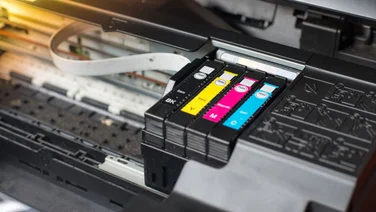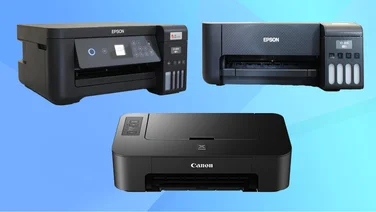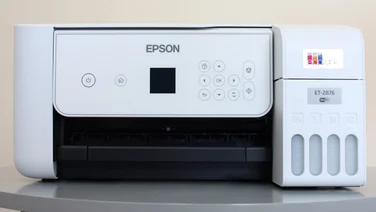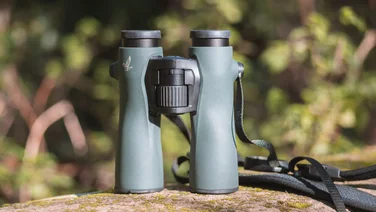To help us provide you with free impartial advice, we may earn a commission if you buy through links on our site. Learn more







The F770EXR is an extremely handsome camera. Its matt black rubber-like texture looks and feels luxurious, and with the help of its curved handgrip it sits comfortably in the hand. GPS is built in, as is a 20x zoom lens, 1080p video capture and full manual control, so it isn’t lacking in features.
The controls make a great first impression too, with a wheel to adjust settings and a mode dial that’s firmer than the one on the cheaper F660EXR. However, adjusting settings is harder than it should be. The camera’s quick to take photos, with just 1.2 seconds between shots, but the menus are inaccessible for around four seconds while a photo is saved to memory card.

A mode dial is well-placed, but it takes around four seconds to access menus while a photo is being saved.
It has a button labelled F that gives quick access to five key settings, but white balance isn’t among them. It’s available in the main menu, but first you have to navigate past a set of controls that largely duplicate the F button menu. Autofocus options are buried even deeper on the third page of the menu, and raw mode is so obscurely located that we suspect most people will never find it. It has another button labelled Fn that can be assigned to various tasks, including raw and autofocus options, but not white balance. Priority and manual exposure modes are included, but you can’t freely position the autofocus point in the frame.
The various EXR modes are another source of potential confusion, but it’s worth getting to grips with them or, at the very least, finding the mode that automatically switches between them. Resolution Priority mode takes a 16-megapixel photo in the normal fashion. High ISO mode drops the resolution to eight megapixels to reduce noise. Because of the unusual sensor design, this works much more effectively than on other cameras. D-Range Priority mode runs at eight megapixels too, and effectively captures two simultaneous frames at different exposures to extend the dynamic range.
D-Range Priority successfully revealed hidden details in the brightest parts of images, but High ISO mode produced the most dramatic results, with crisp details and only a modicum of noise at ISO 1600. The Canon SX260 HS’s shots at identical settings were even cleaner, but its heavier noise reduction meant less fine detail. The cheaper F660EXR fared better than either.

It’s in low light that the EXR sensor comes into its own, keeping noise down and detail levels up.
The lens pulled its weight, with impressive focus throughout its 20x zoom range. However, for all its strengths it seems that this sensor doesn’t excel for detail in its 16-megapixel mode. Still, there’s more than enough detail for anything except huge prints or heavily cropped photos. The only area where image quality disappoints is flash photography, where needlessly high ISO speeds produce noisy images. Setting it manually avoids this problem.

It’s far from poor, but other cameras deliver crisper details in favourable lighting such as this.
The F770EXR didn’t excel for video capture, displaying the same traits that we saw in the F660EXR, such as skittish autofocus, zoom noise in the muffled soundtrack and soft details that didn’t live up to the 1080p resolution. It’s fine for occasional use, but Olympus and Panasonic’s pocket ultra-zoom cameras handle video much more ably.
The competition is fierce, but the F770EXR’s huge zoom, nippy performance, superb low-light image quality and built-in GPS add up to an extremely impressive package. However, we prefer the image quality, video capture, performance and controls of the Panasonic Lumix DMC-TZ25.





